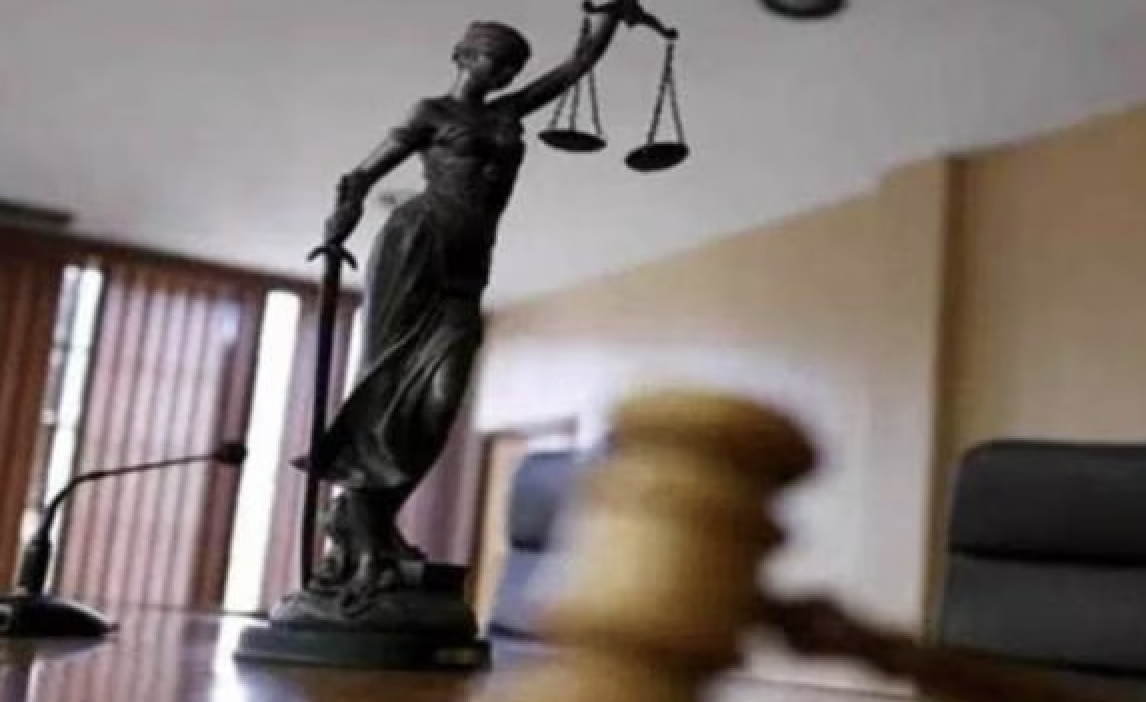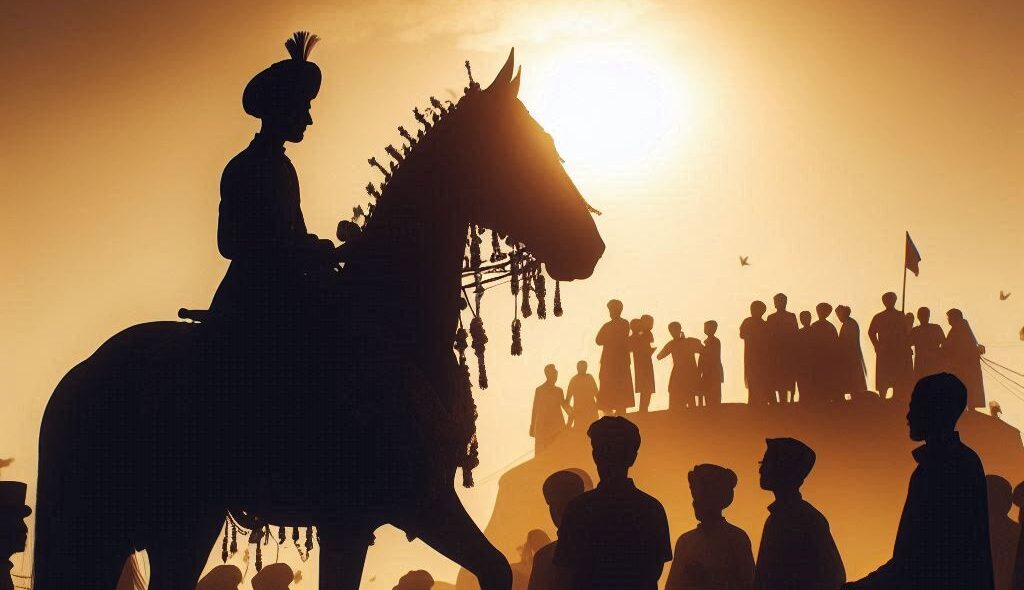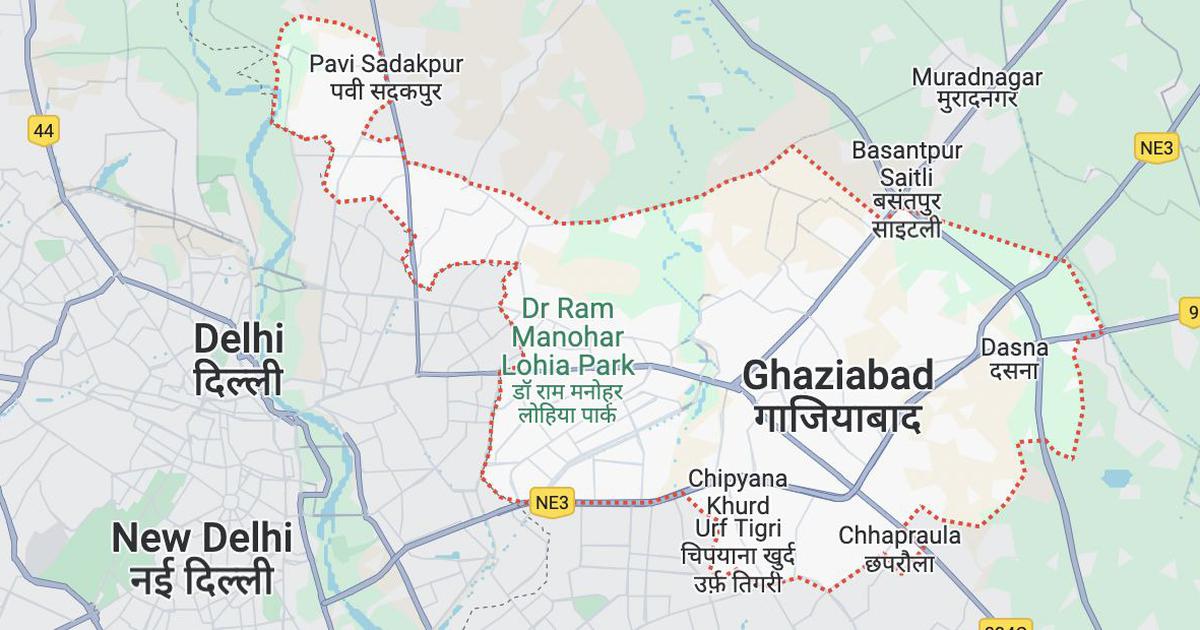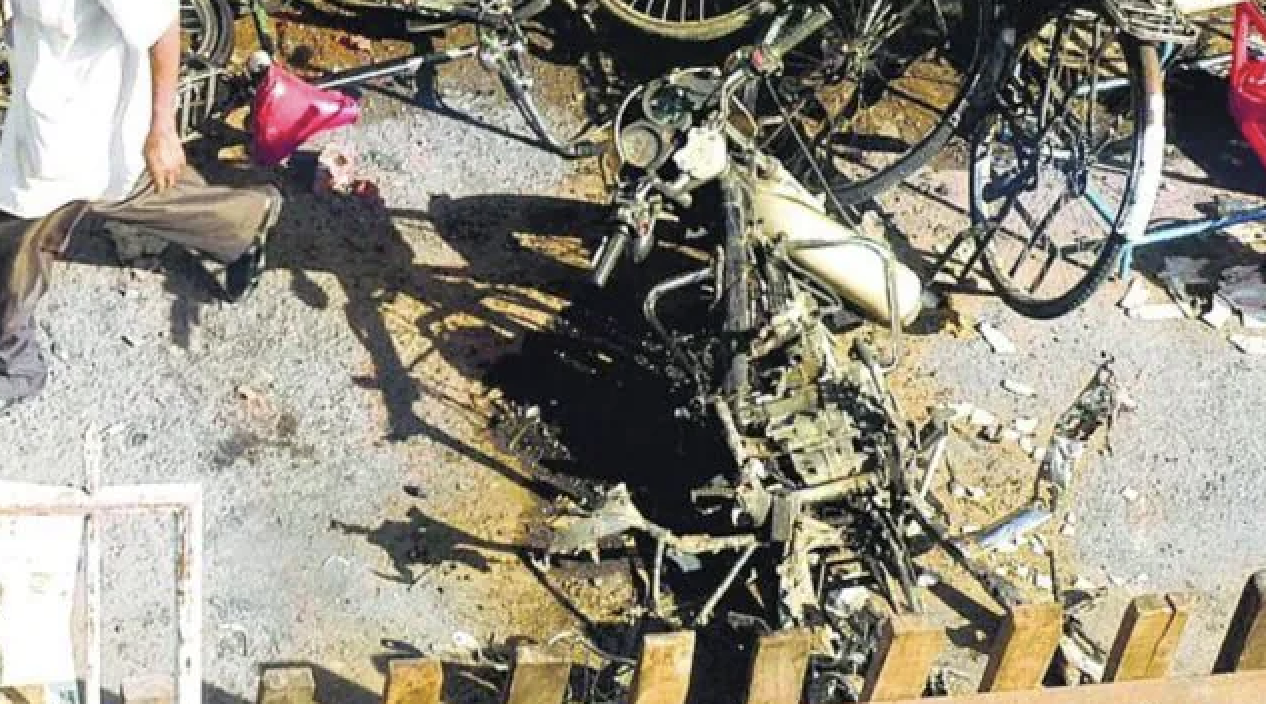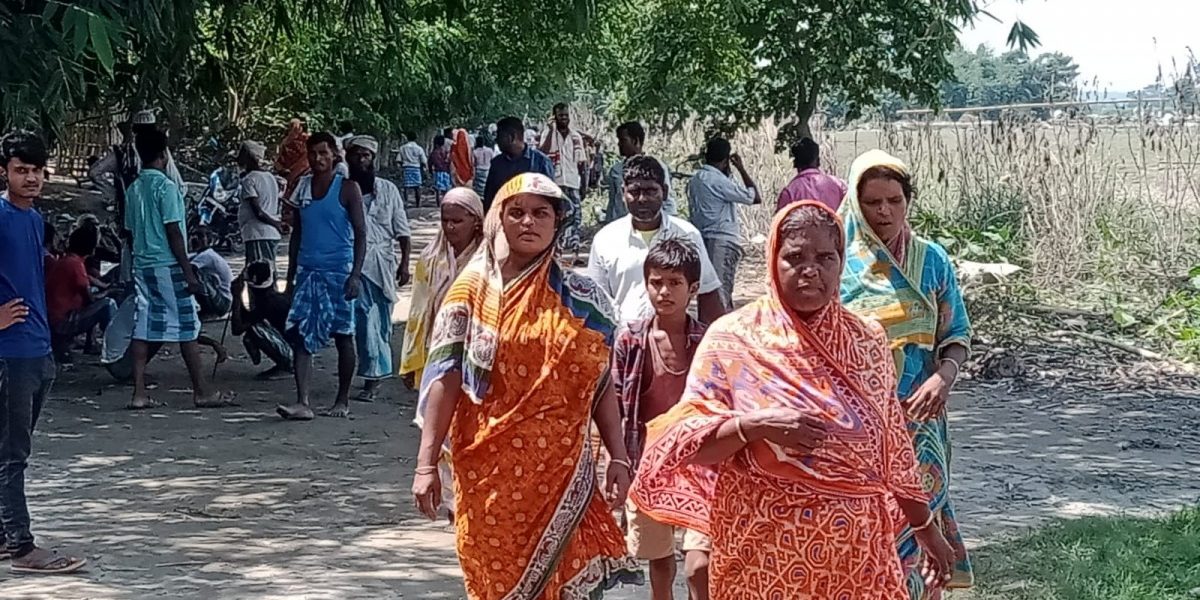
By Gaurav Das
Guwahati: The Supreme Court’s order on September 30 on Assam’s demolitions and its contempt of court notice against the Himanta Biswa Sarma government’s bulldozer drive have come as relief to some in the state. But many wonder if Sarma’s relentless pitting of indigenous residents against purported Bangladeshi immigrants will let up ahead of the 2026 Assam assembly polls.
On September 9, government officials and police from the Kamrup (metropolitan) district administration arrived at Kachutoli village in Sonapur about 20 kilometres from the city. Kachutoli is home to around 150 families, mostly Bengali Muslims. Most of them were evicted from their houses over the claim that they were encroaching upon 100 bighas of government land.
According to Sonapur Circle Officer Nitul Khatanair, as per a The Times of India report on September 10, under the Sonapur Revenue Circle there are 145 villages out of which 122 villages are under the tribal belt. Officials also cited that three villages namely Kachutoli Pathar, Chamta Pathar, and Burni have been encroached upon by people belonging to the non-protected classes.
Kachutoli Pathar comes within the South Kamrup (Guwahati) Tribal Belt, which was formed with a notification (Letter No. RD/74/46/172 dated February 27, 1950) by the then government, encompassing around 301,104 bighas of land and 236 villages under the Sonapur, Palashbari and Chandrapur Revenue Circles.
Tribal belt areas have a majority of local indigenous and other backward communities which were notified under the Chapter 10 of the Assam Land and Revenue Regulation Act of 1886. This act was amended in 1947.
This story was originally published in thewire.in. Read the full story here.



